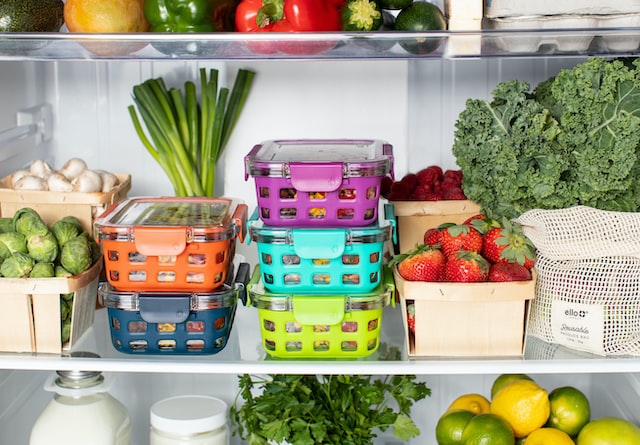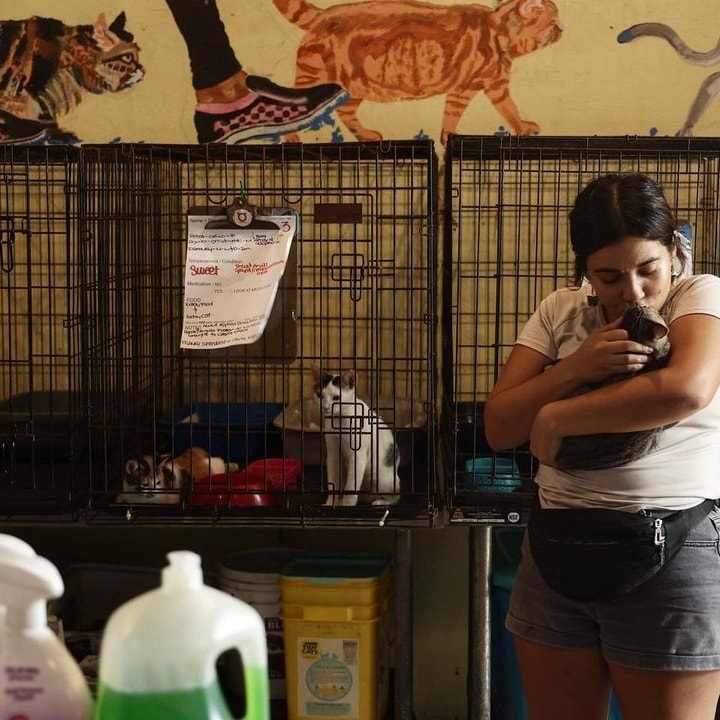Carrefour group is testing a way to deliver groceries directly to your refrigerator even if you are not at home.
The French multinational is currently testing this new kind of delivery in France with a panel of test customers. The test includes a delivery person who can enter customers’ houses to deposit fresh products in the fridge.
For security reasons, this delivery is possible only in those houses equipped with a connected lock that customers can unlock via their smartphone or a numeric pad.
The person in charge of the groceries delivery receives temporary access to the lock one hour before the delivery. Once they arrive at the house, they use an app to unlock the door. The app also notifies the homeowner that the delivery person is entering the house.
Once in the house, the delivery person puts the fresh or frozen produce in the refrigerator or freezer and the remaining goods on the table. Then, the delivery person takes a picture and sends it to the owner to show that the delivery was successfully completed.

Carrefour is not the first supermarket chain to test this type of delivery. Franprix–another French company–made a similar experiment four years ago. However, the results were not successful and the idea was abandoned. Similarly, in the US Walmart launched a delivery service called InHome, which delivers the products to people’s homes or garage. The service was launched in 2019 and it is still in use in some major cities in the US.
Also Amazon offers a similar service named Amazon Key, but it includes the activation of a surveillance camera when the delivery person enters the house.
In many cases, the delivery services are offered in partnership with locks manufacturers. For instance, Walmart charges around $50 for the installation of a connected lock to the doors of its service subscribers.
Besides the necessity of equipping the house with a connected lock, another main problem with this new kind of delivery is the acceptance of a stranger entering your own house and the possible risk of illegal activity by delivery personnel.
On the other hand, the service can be an advantage for people with disabilities.













